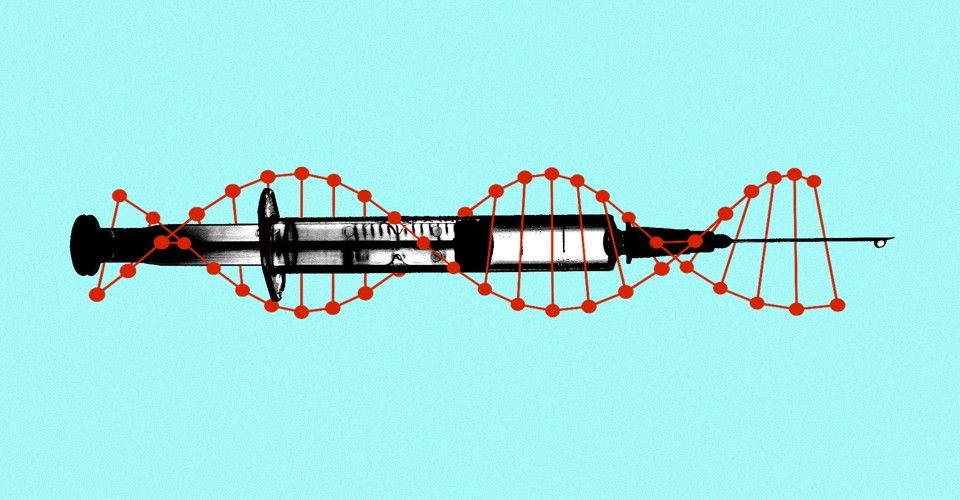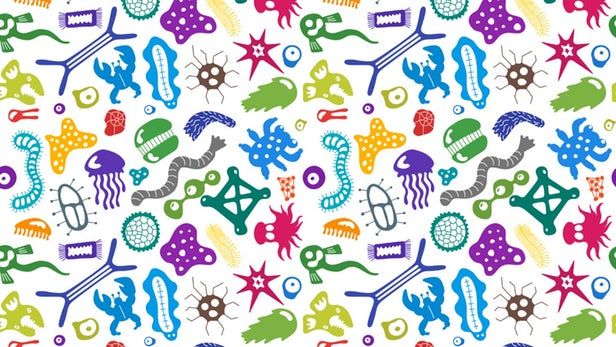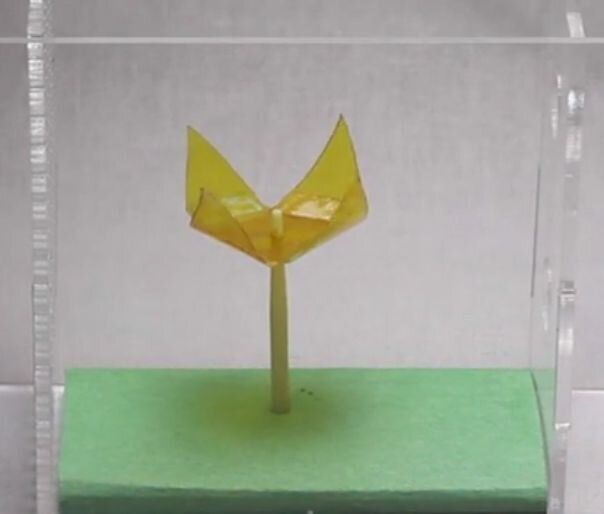Naturopaths have long been obsessed with a gene called MTHFR. Now vaccine skeptics are testing for it too.



If you’ve ever yearned to travel to Mars, now is your chance. Well, okay, you can’t travel to Mars, but your name can, and that’s as close as you’re ever going to get.
The Mars 2020 Rover is getting ready to begin its seven-month trek to Mars next July, and NASA says it’ll take your name along with it:


A review of Rod Pyle’s new book, Space 2.0, a tour de force of the “new space” phenomena packed with photos and details of the amazing people behind it. The book goes beyond Musk, Branson and Bezos and explains the origins of the science and engineering required to build an economy beyond Earth.

A number of physiological and psychological changes occur as we age, and many studies have shown that our gut microbiome also changes as we grow older. A fascinating new study is suggesting that a shift in gut bacteria in our middle-age could trigger a process that plays a role in cognitive decline in our later years. And diet may be the key to encouraging the growth of beneficial bacteria that benefit healthy brain aging.


New research from the laboratory of Ozgur Sahin, associate professor of biological sciences and physics at Columbia University, shows that materials can be fabricated to create soft actuators—devices that convert energy into physical motion—that are strong and flexible, and, most important, resistant to water damage.
“There’s a growing trend of making anything we interact with and touch from materials that are dynamic and responsive to the environment,” Sahin says. “We found a way to develop a material that is water-resistant yet, at the same time, equipped to harness water to deliver the force and motion needed to actuate mechanical systems.”
The research was published online May 21 in Advanced Materials Technologies.

Science fiction is often seen as an anticipation – a fiction peculiarly expected to graduate into fact. But if technologies once found only in SF do sometimes become real they do not, in so doing, always cease to be science fictional. SF is not, after all, simply a literature about the future; it is a literature about the shock of new capacities and new perspectives, about transcendence, estrangement and resistance in the face of the inhuman. Its ideas shape and constrain the ways in which technological possibilities are seen, understood and experienced long after those possibilities are first tentatively realised. It illuminates the dreams of Musk, Bezos and all the other new moon-rushers.
Fifty years after the first moon landings, a new generation of space travellers, from Xi Jinping’s taikonauts to Jeff Bezos, are racing to colonise our nearest neighbour. Is reality catching up with sci-fi?
